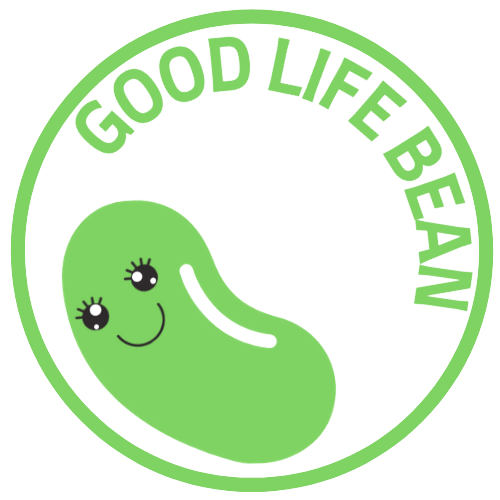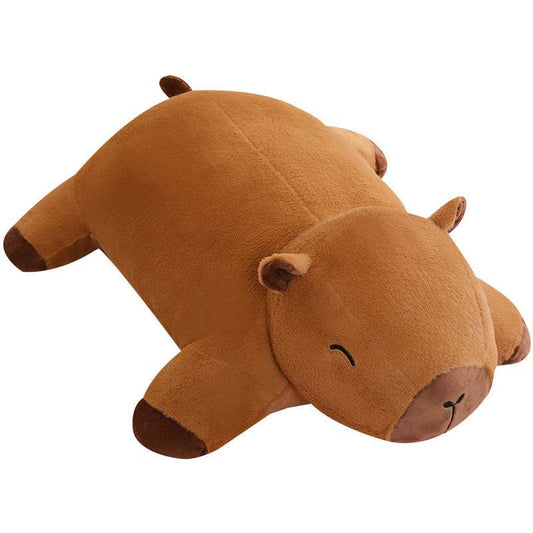Plushies—those cuddly, soft toys we loved as children—are more than just playthings. For individuals with ADHD, they can become powerful tools for sensory regulation, emotional support, and improved focus. Whether it’s the deep-pressure comfort of a weighted plushie or the cheerful aesthetics of a kawaii bunny, these companions offer tactile input that helps ground restless minds, lower anxiety, and even enhance sleep quality.
In this post, we’ll explore the science behind plushies and ADHD, examine how kawaii plushies uniquely support mental health, share practical tips for selecting and using adult plushies as emotional aids, and offer name ideas for your new cuddle buddy.
Understanding ADHD and Sensory Needs
People with ADHD often experience differences in sensory processing and emotional regulation, making everyday stimuli feel overwhelming or, conversely, underwhelming in terms of sensory input.
Research shows that sensory processing problems—such as hypersensitivity to touch or a craving for tactile input—are common in individuals with ADHD and can exacerbate anxiety and distractibility.
Deep Pressure and Proprioception
Weighted products (blankets, vests—and yes, plushies) deliver deep pressure stimulation, which engages proprioceptive receptors in the skin and muscles. This type of input sends calming signals to the brain, helping to reduce hyperactivity and improve self-regulation in ADHD.
Emotional Dysregulation Link
Emotional dysregulation—mood swings, impulsivity, heightened anxiety—is closely linked with sensory challenges in ADHD. By providing consistent, predictable tactile feedback, plushies can help stabilize emotional fluctuations
The Science Behind Cuddling: How Plushies Help
Oxytocin & Cortisol
Hugging a soft object like a plushie triggers the release of oxytocin, the “bonding hormone,” and lowers cortisol, the stress hormone. This hormonal shift promotes calmness, making it easier to focus or unwind.
Grounding in the Present Moment
The tactile sensation of a plush toy draws attention to the here-and-now, a form of grounding that counteracts racing thoughts and anxiety—a common struggle in ADHD
Sleep Improvement
Many adults with ADHD suffer from insomnia or restless sleep. Plushies, especially larger or weighted varieties, create a cozy sleep environment and serve as sleep companions, improving sleep onset and quality.
Kawaii Plushies: Aesthetic Comfort & Identity
Why “Kawaii” Matters
Kawaii plushies—characterized by pastel colors, rounded forms, and expressive faces—offer visual delight that uplifts mood. Their playful design can combat the mental fatigue of ADHD by providing brief, positive distraction and dopamine boosts Child Psychology.
Identity & Self-Expression
For adults, collecting or displaying kawaii plushies can be an act of self-care and personal expression, countering social pressures and fostering a sense of comfort and belonging.
Emotional Support Plushies for Adults
Beyond Childhood
While plush toys are often associated with children, emotional support plushies cater to adult needs too. They serve as discreet companions during work, travel, or therapy sessions.
Choosing the Right Plushie
- Size & Weight: A medium-sized weighted plushie (~2–4 lbs) can mimic a comforting hug.
- Texture: Opt for soft, non-scratchy fabrics like minky or short-pile fur.
- Removable Covers: For easy washing, choose plushies with removable, machine-washable covers.
Plushies for Focus & Productivity
Fidget-Friendly Features
Some plushies include built-in fidget elements—like textured patches or small squeakers—that allow for discreet sensory input, sustaining attention during tasks.
Desk Buddies
Keeping a small plushie nearby can serve as a visual cue to take mindful breaks, reducing the risk of mental fatigue and burnout.
Practical Tips: Integrating Plushies into Daily Life
- Morning Routine: Start your day by hugging your plushie for 1–2 minutes while practicing deep breathing.
- Work & Study Sessions: Place a weighted plush on your lap to anchor your focus.
- Anxiety Toolkit: Carry a small kawaii plush in your bag for on-the-go grounding.
- Sleep Ritual: Tuck a medium-sized plush under your arm or between your legs to mimic a hug.
Name Ideas for Your Plushie
Giving your plushie a name deepens emotional bonds. Try these:
- Touchstone: For a plush that grounds you.
- Doki: Japanese onomatopoeia for heartbeat—good for a comforting companion.
- Cotton: Evoking softness and calm.
- Pepper: A quirky twist for a small fidget-friendly plush.
Conclusion
For individuals with ADHD, plushies—especially weighted or kawaii designs—offer more than nostalgia. They provide sensory regulation, emotional support, and focus aids, backed by psychology and neuroscience. Whether you’re seeking a kawaii plushie to brighten your workspace or an emotional support plush to ease anxiety and improve sleep, the right cuddly companion can make a meaningful difference in daily life.
Further Reading & Resources:
- How Plushies Help With Stress and Anxiety Relief
- Best Kawaii Plushies for Your Girlfriend
- Best 10 Stuffed Kawaii Bunnies 2025
Shop Emotional Support Plushies:
Emotional Support Plushies for Adults
Frequently Asked Questions (Searchable Queries)
Q: Can weighted plushies help ADHD symptoms?
Yes—weighted plushies deliver deep‑pressure stimulation, engaging proprioceptive receptors to calm hyperactivity and improve focus in ADHD BioMed Central.
Q: How do plushies support sensory regulation in ADHD?
By providing consistent tactile input, plushies help modulate sensory thresholds, reducing both under‑ and over‑sensory stimulation typical in ADHD brains NeuroLaunch.com.
Q: What are the best kawaii plushies for anxiety relief?
Look for soft minky fabrics, pastel designs, and moderate weight (1–3 lbs). Kawaii plushies with textured features add visual comfort and tactile engagement Simple Spectrum Supplement.
Q: Are adult plushies socially acceptable?
Absolutely—“kidults” are the fastest‑growing plush market segment. Adult-sized plushies serve as emotional support objects without stigma, especially when used discreetly at home or the office.
Q: How do emotional support plushies differ from emotional support animals?
Unlike ESAs, plushies require no certification. They offer immediate, low‑cost, 24/7 comfort without legal paperwork, making them an ideal “first step” in self‑care NeuroLaunch.com.
Q: Can plushies really improve sleep for adults with ADHD?
Yes—similar to weighted blankets, hugging a medium‑weight plushie can lengthen sleep time and reduce night‑time awakenings via deep‑pressure stimulation Buoy Health.
Authority & Citations
- BMC Psychiatry: “Impact of weighted blankets on sleep disturbance among children with ADHD” BioMed Central
- Simple Spectrum: “Weighted stuffed animals for autism, ADHD, and anxiety” Simple Spectrum Supplement
- NeuroLaunch: “ADHD Sensory Toys: A Comprehensive Guide” NeuroLaunch.com
- Buoy Health: “Weighted blankets for ADHD” Buoy Health
- PsychCentral: “Weighted Blanket and ADHD: Benefits, Effects, and How to Use” Psych Central
- NeuroLaunch (ESA guide): “Emotional Support Animals for ADHD” NeuroLaunch.com
Commercial Disclosure & Balance
While this guide highlights proven benefits of plushies for ADHD and mental health, please note:
- Goodlifebean links are provided for convenience—no endorsement is implied over non‑commercial sources.
- Always consult a health professional before starting any therapeutic aid.
- Plushies complement, but do not replace, clinical treatments for ADHD or anxiety.
















